As a football bargain, the signing of Western Australian ruckman Graham Moss in 1972 must surely go down as one of the greatest in Essendon’s history.
President Allan Hird and treasurer David Shaw secured the signature of one football’s finest ruckmen for the meagre sum of just $1500. However, as Moss explained in the 13th episode of historical podcast Fabric of the Essendon Football Club, that fee could have been much higher.
“I’d only played four years at WAFL level,” Moss explained from Windy Hill, during his first visit to the venue for two decades. “I started as an 18-year-old [at Claremont] in 1969 and it was about 1971-72 when I started getting a little bit of interest from VFL clubs. Claremont and St Kilda had a sister-club relationship, and they always said that if I wanted to come to Melbourne that they’d like me to play with them. [But] it wasn’t something that was a great ambition at the time. I was learning my trade as a ruckman and playing for Claremont, and then Essendon came along in early ’72.
“St Kilda had offered me $1500 if I played with them, and Essendon flew me to Melbourne in early ’72 with my wife [Robyn], and they put us up at the old Melbourne Hotel, which was quite flash in those days. They wined and dined us with Alec Epis and ‘Tuddy’ (captain-coach Des Tuddenham) and David Shaw, and I remember coming to training on the Sunday morning to have a light run with Essendon during pre-season. We went back to the boardroom and they offered me $1000 to sign a Form 4, which was $500 less than what I’d get if I went to St Kilda. So I said, ‘I don’t suppose you could make it $1500?’ and they said, ‘Yep, that’s not a problem.’ But I found out later from David, who’s still a great friend of mine, that he had the authority to go a little higher [to around $4000], so they owe me!”
While the money was a pittance compared to what players receive today, it was the employment opportunities that the club were able to source for Graham and Robyn that ultimately tilted the ledger in Essendon’s favour.
“I’d just qualified as a civil engineer and they offered me a position, because in those days football was very amateur so it was more about your career that was important - as a civil engineer with the Department of Civil Aviation. Allan Hird, who was the president at the time, was director-general of the Department of Education here in Melbourne and my wife was a school teacher, so he was able to organise her a transfer [too]. So, the ability to be able to secure our employment in Melbourne swayed me to go to Essendon.”
From as early as Moss’s first VFL game, in round one of 1973, Essendon supporters knew they had a special player in their midst. Moss finished with 26 disposals, 13 marks and 12 hitouts in the greatest debut match for Essendon since John Coleman in 1949.
“It wasn’t until I played my first game that I realised what VFL football was all about,” Moss said. “We played Richmond at Windy Hill in the first game of the year in 1973, I ran out on the ground and there was 25 or 30,000 people packed into the ground (28,659) - the atmosphere was electric. They were chanting ‘Graham Moss’ as I was lining up in the forward pocket to start the game. I went on to play a good game in my first game of football [and] I just realised what the difference was [compared to WAFL footy]: it was the atmosphere generated by the crowds here in Melbourne, the media attention to the game, and just the fact Melbourne people are mad about VFL football.”
The 1970s proved to be the era of great ruckmen, and Moss flourished against the likes of Len Thompson, Gary Dempsey, Don Scott and Sam Newman. In his first season, much to his surprise, Moss finished runner-up in the Brownlow Medal behind North Melbourne wingman Keith Greig.
“I went to the Brownlow count thinking I might get a few votes here or there, and I think I got about six or seven one-votes and I thought, ‘Well, that’s it for me’ and I got into the red wine, only to find that I polled another seven three-votes. It was a bit scary! I think with about one round to go I was leading. In those days, they used to set the count up so there was a grandstand finish, and Keith Greig ended up polling in the last game of the year to win the Brownlow.”
Moss finished 10th in 1974 and won the Crichton Medal as Essendon’s fairest and best player. He won the Crichton again in 1975 and finished equal-third in the Brownlow. In 1976, as captain of the Bombers, Moss won a third consecutive Crichton and polled 48 Brownlow votes from his 20 games - in the first of two seasons where both umpires awarded vote cards - to finally win the coveted award ahead of Hawthorn’s Peter Knights. On 12 occasions, Moss was judged best on the ground.
“In ’76, I was the media favourite. I was leading all the media awards, so there was a fair bit of pressure going into the count. I was the captain of Essendon and, in those days, they had the captains up on the stage manning the leaderboards, so I was putting the votes up onto the Essendon board. I beat Peter Knights by only a couple of votes, which was unlucky for him because he missed a few games during the year. It was more a sense of relief than anything else. It was all over and I could now relax. I was more sober [than 1973] because I hadn’t drunk at all during the night being up on the stage. My dad was in the audience and I felt very proud to have become the first West Australian to win the Brownlow Medal. My wife came into the count, because it was a male-only affair in those days, [then] we went back to Windy Hill to celebrate with the members; we had a huge crowd here [at the ground], they must have been here watching it on TV.”
Having joined Dick Reynolds and Bill Hutchison as the third Brownlow medallist at Essendon, Moss later came to appreciate the significance of his achievement.
“When you are actually playing the game, you don’t think about winning awards; either the fairest and best, media awards or Brownlow Medals. They’re just things that come along if they happen. It’s more when you finish playing football that they become perhaps more important, or more relevant, or more meaningful, because your name’s in the history book.”
Sadly for Essendon supporters, that was the last they saw of Graham Moss. After the ’76 season, he was offered the role as captain-coach at his former club and decided the time was right to head home to WA. In four seasons and 84 games at Windy Hill, Moss certainly left a lasting impression on everybody associated with the club. His love affair with the Bombers continues to this day, albeit from afar.
Fabric of the Essendon Football Club is a weekly 20-episode series powered by Liberty, featuring in-depth chats between club historian Dan Eddy and 20 of the club’s most adored names across multiple decades. You can listen via Spotify, Apple Podcasts and Google Podcasts.


